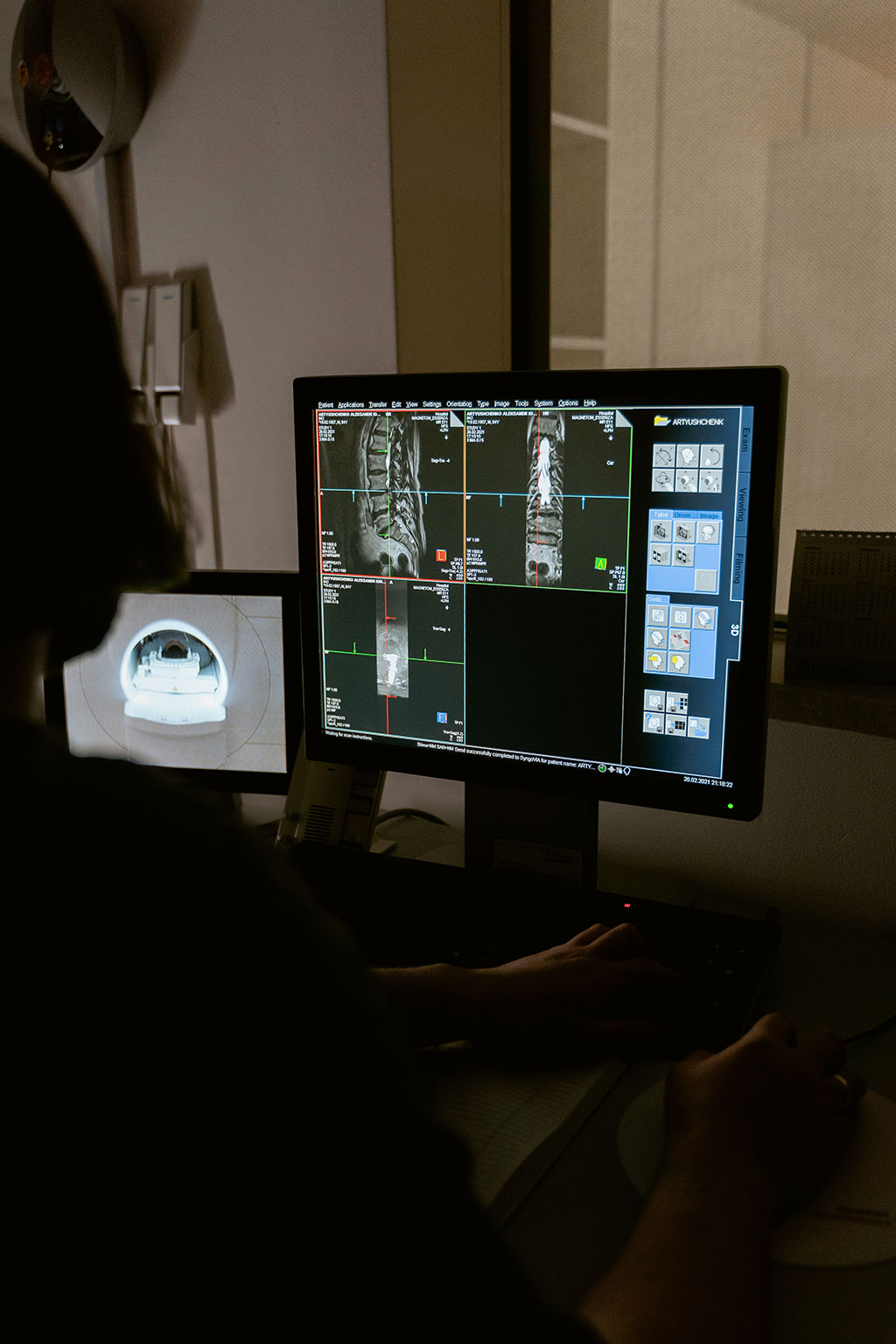Imaging AI Can Alleviate Emergency Radiographic Workflow Constraints
Posted on 27 Mar 2023
Over the past few decades, emergency departments (EDs) worldwide have experienced increased workflow pressure and a corresponding rise in the demand for medical imaging around the clock, 7 days a week. However, most radiology departments struggle to provide resources for 24/7 coverage. As a result, ED physicians must interpret radiographic exams before a radiology report is available, creating new organizational challenges to ensure diagnosis accuracy and rapid report turnaround time. Artificial intelligence (AI), specifically the application of deep learning in radiological imaging, has emerged as a potential solution to improve the ED workflow. Most commercial AI solutions focus on triage and diagnosis of chest or musculoskeletal (MSK) plain radiographs. Several studies conducted in ED settings have demonstrated improved diagnosis performance by emergency physicians and/or radiology residents for detecting appendicular skeletal fractures or chest abnormalities. However, the impact of these AI solutions on the entire emergency workflow is unclear as they concentrate on individual imaging findings, body parts, or age groups.
Hence, researchers at Valenciennes General Hospital (Valenciennes, France) conducted a study to evaluate the effectiveness of a commercial deep learning-based solution in triaging adult and pediatric emergency workflows, specifically by detecting MSK and chest radiographic findings. Additionally, the study aimed to determine its impact on discrepancies between emergency physicians and radiologists. The sample consisted of 1,772 cases of patients who underwent emergency X-rays of any body part, except for the spine, skull, and abdomen. Among them, 172 cases (9.7% of the sample) had discrepancies between the initial reads from ED physicians and the final reads from the radiology department. A senior MSK-specialized radiologist reviewed and adjudicated these cases, with access to all relevant clinical records.

The team utilized commercially available AI software to triage patients based on X-rays and evaluate its performance in handling cases with discrepant readings. The results showed that the AI system had a sensitivity level comparable to that of ED physicians and achieved an accuracy rate of 90.1% on the 172 cases that had been misdiagnosed by the same readers. The researchers noted that the AI model tested in this study performed similarly to those used in previous research, but their study may have been the first to combine MSK and chest X-rays. This combination allowed for a wider range of cases to be covered in the radiographic workflow despite excluding spine, skull, and abdomen imaging. Furthermore, the AI's performance did not vary significantly across age and body-part subgroups, which is crucial for its widespread use in the clinical environment.
Related Links:
Valenciennes General Hospital














